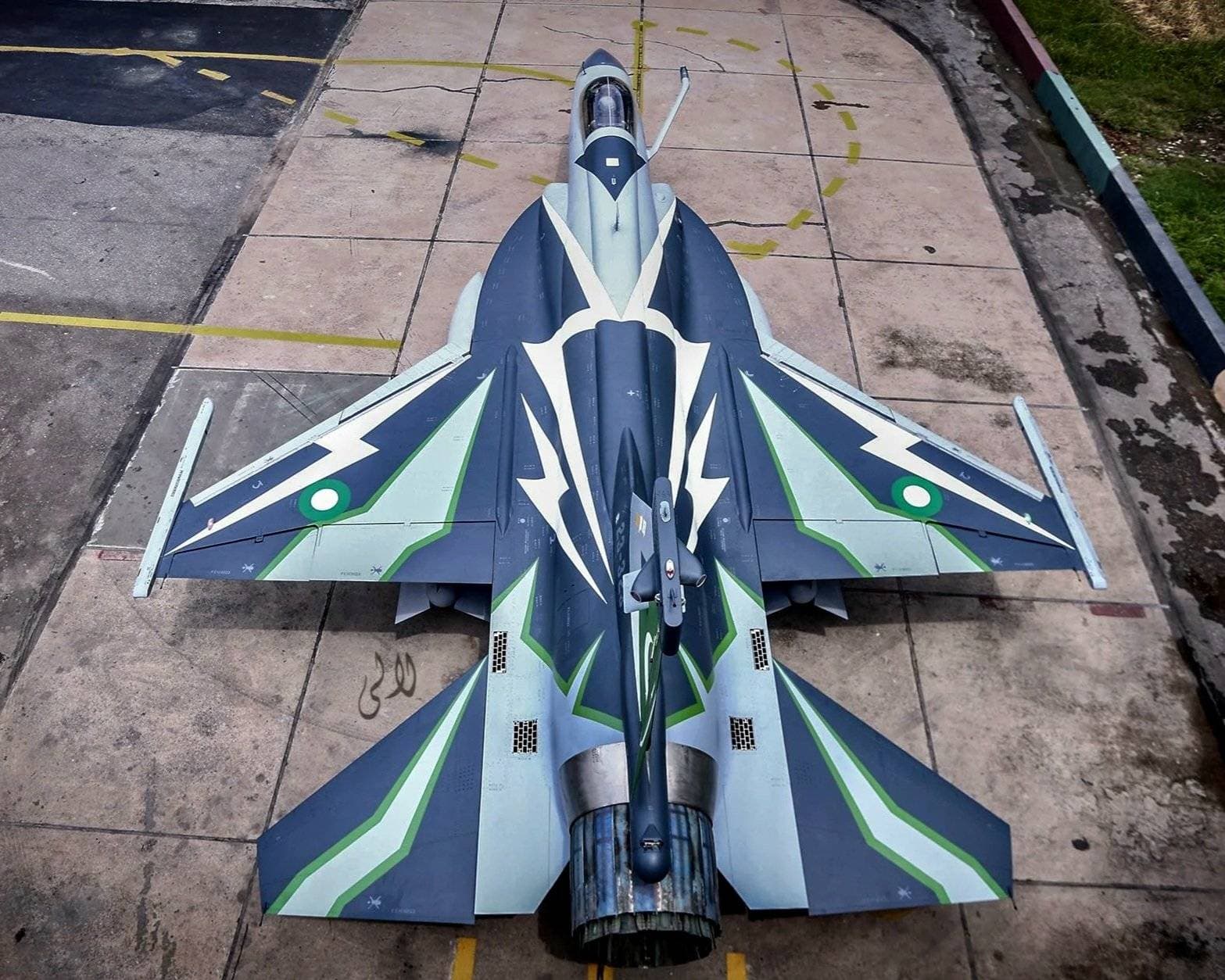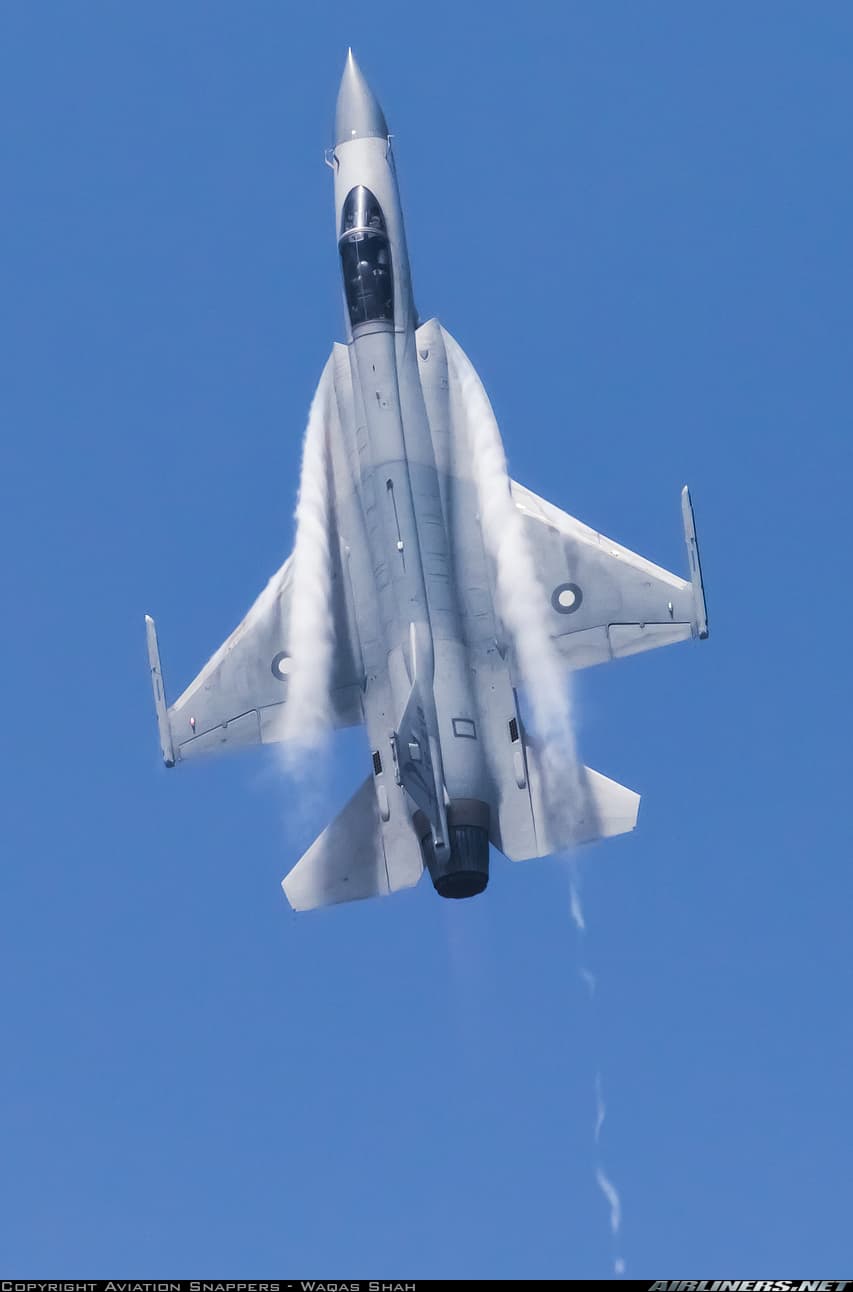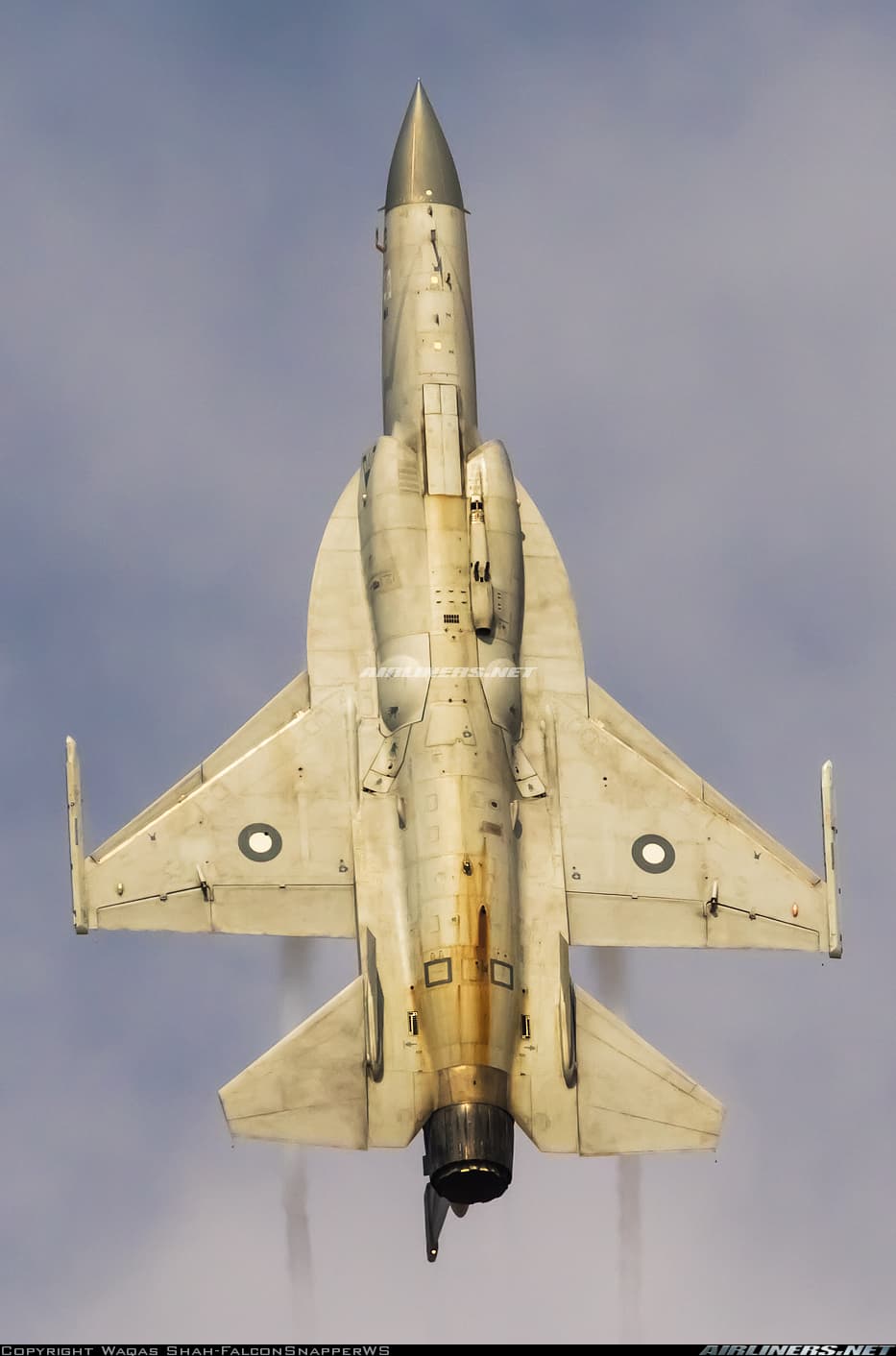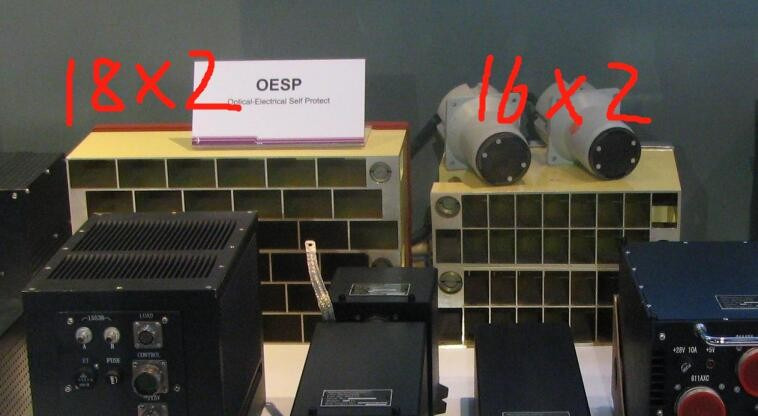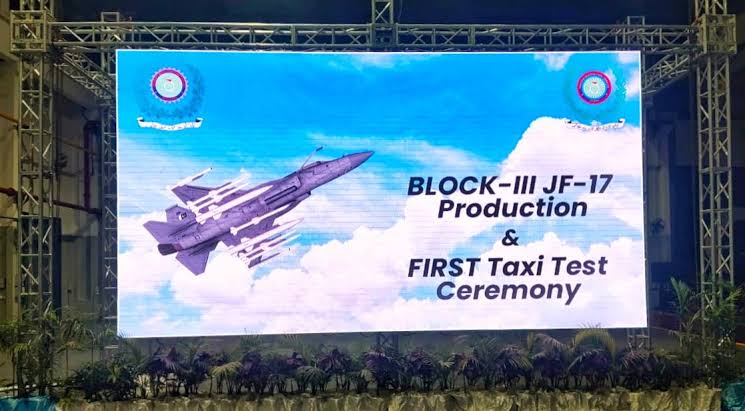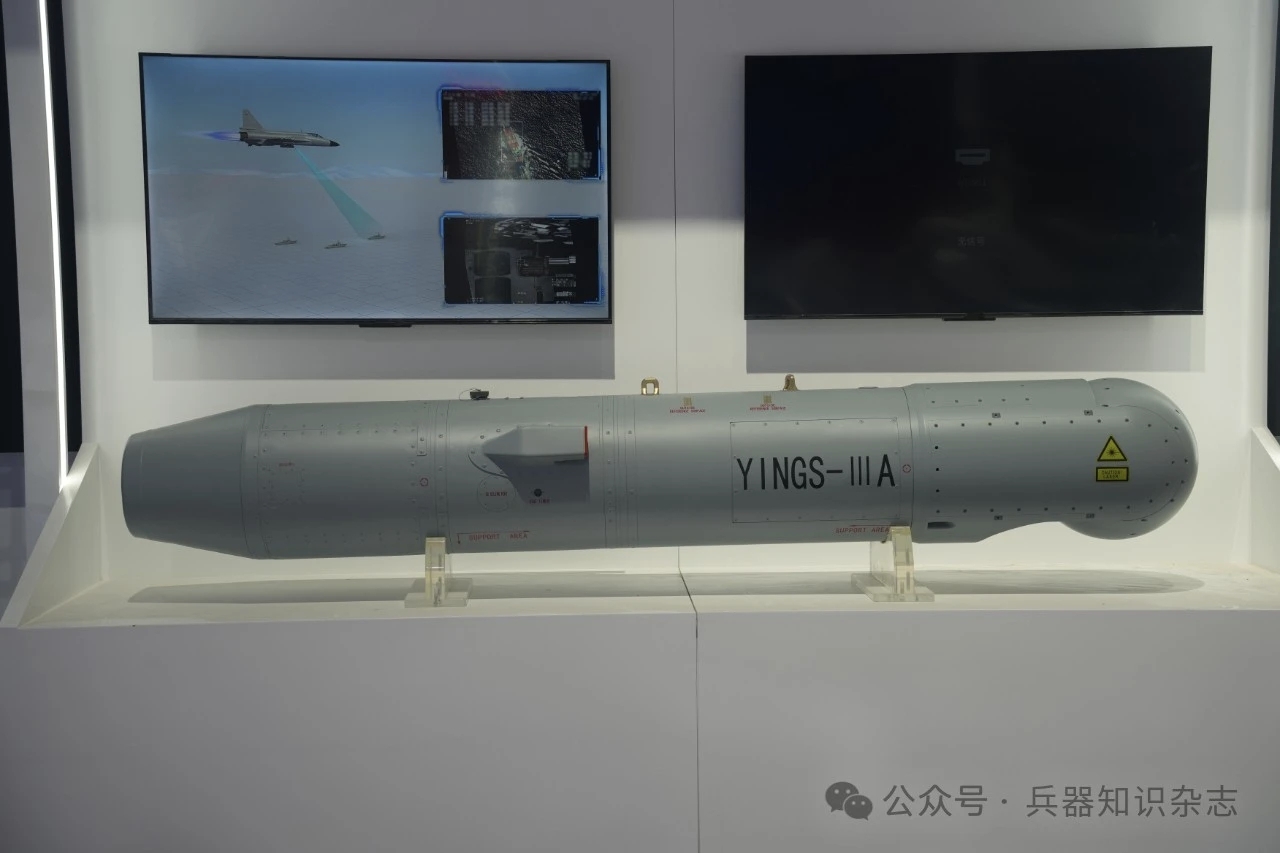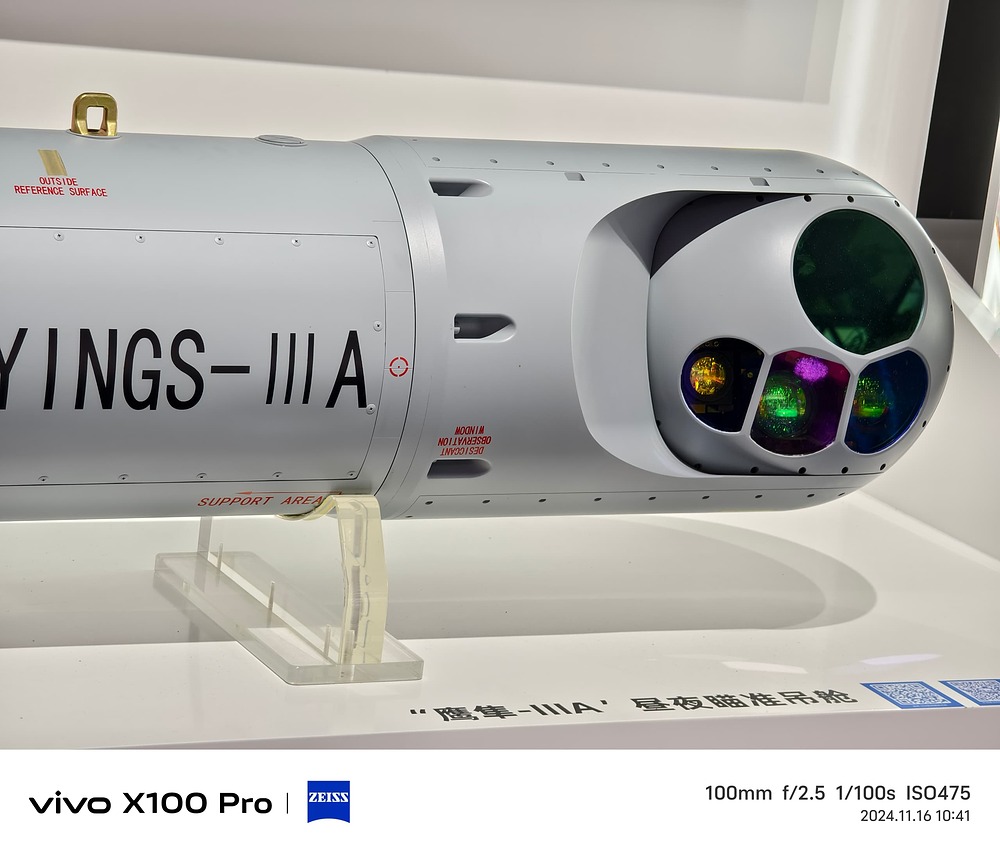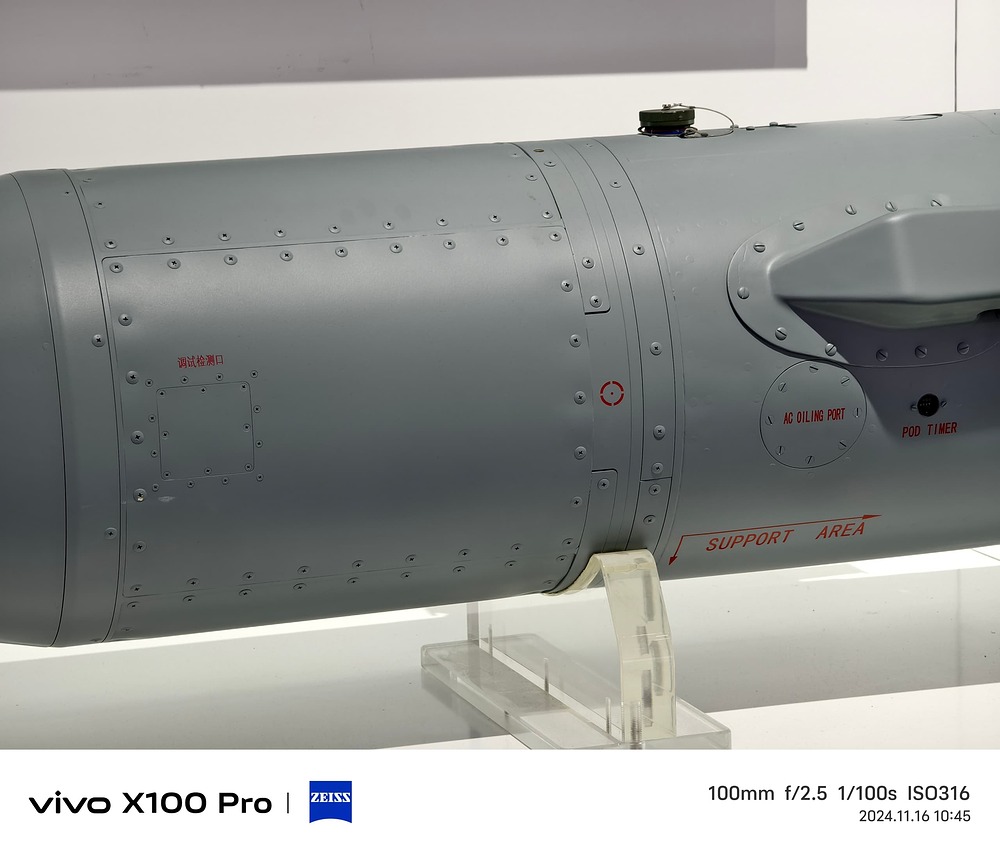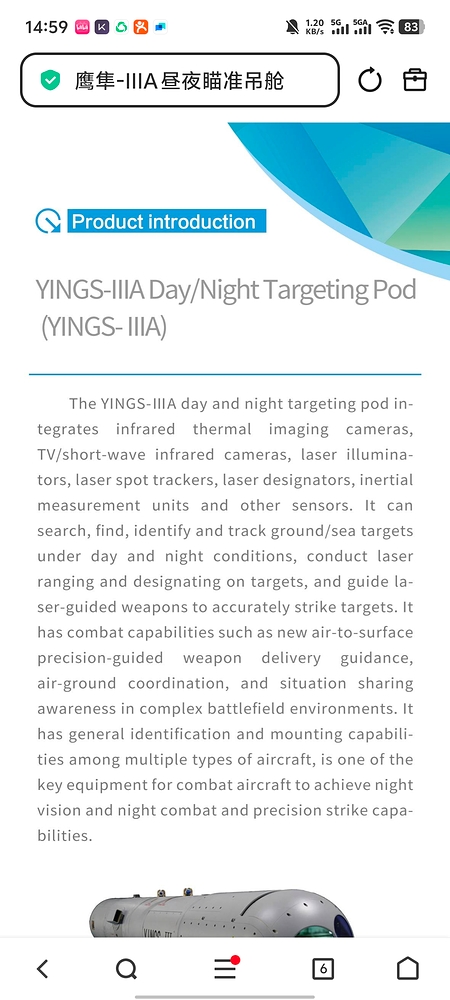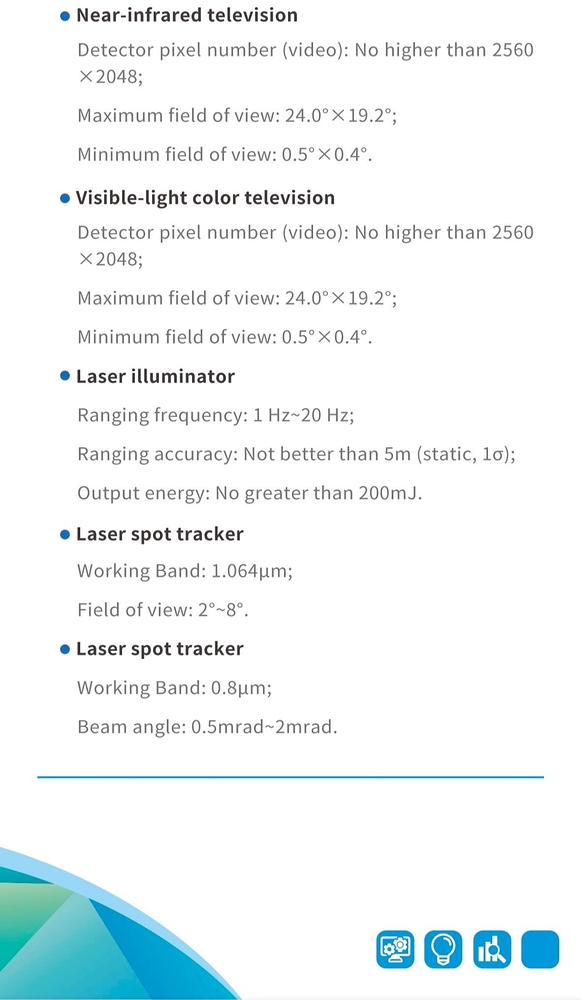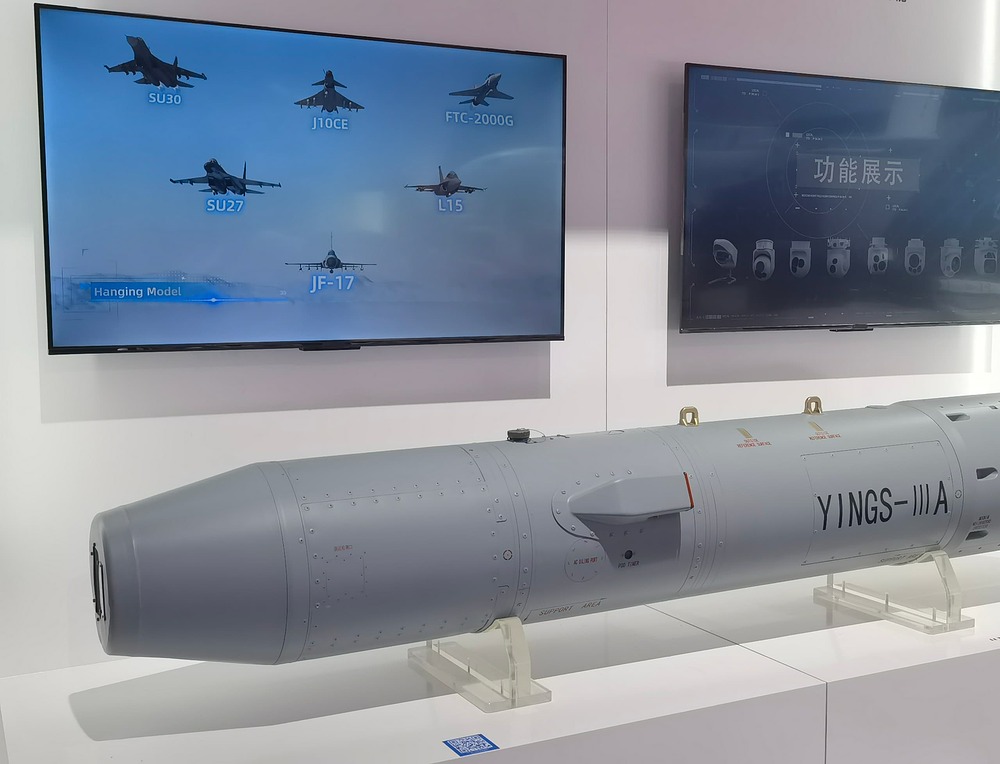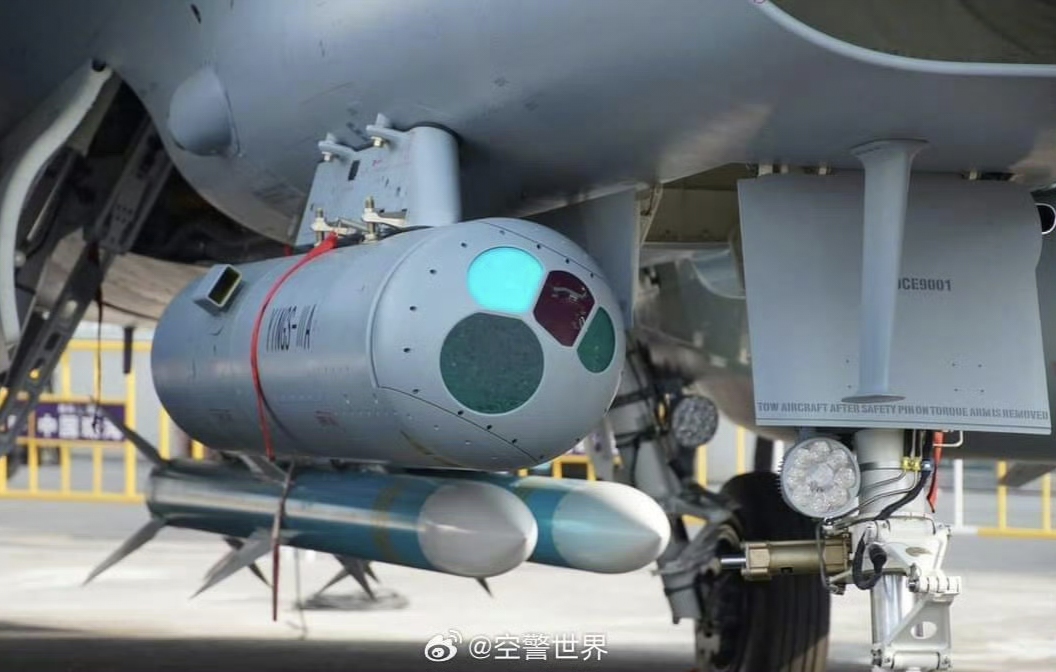- Yes
- No
Background and History
Origins of the JF-17 platform
Origins:
The JF-17 Thunder project, also named “Fierce Dragon” in China, shares its origins in the ashes of the “Super 7” project, a destined debacle after the events of Tiananmen square that led to the western withdrawal from any cooperation.
In 1991 Chengdu Aircraft Co. (CAC) launched a new project designated FC-1 (Fighter China-1) that immediately saw new partners thanks to Russia and, eventually, Pakistan. This fighter project was in fact an export driven product, with Pakistan as the designated launch customer. The economical side of things was taken care of when in February 1998, the at the time Prime Minister of Pakistan, visited China and agreed that each country would contribute to 50% of the program’s funding, estimated around 150 million U.S. dollars. Both the PAF and PLAAF were interested in acquiring the fighter, with figures around 150 units for the former and 200 for the latter.
A Plethora of Delays:
Through its development and testing the project suffered due to a lack of funding and political tangles that at certain times completely blocked the normal cycle of work. Some of these “hiatuses” were so long and provided almost no information that some questions rose up about the survival of the project.
One of the issues was connected to the chosen powerplant of the JF-17, the Russian RD-93, a variant of the RD-33 specially produced for the new fighter. This critical component initially served as a saving grace for the project, but due to issues with exports from Russia it sometimes led to major pauses.
Another issue that plagued the fighter were its avionics. The acquisition of this equipment relied on the fragile relationship between Pakistan and the Western countries that at times became quite shaky and contributed to create uncertainties (One example would be Pakistan’s 1998 nuclear test).
There were also a bunch of structural and requirement changes provided to CAC by the PAF that led to the redesign of the fighter. A major shake-up (the one that probably killed the possibilities of seeing the PLAAF acquisition of this fighter) was India’s procurement of Su-30MKIs and the development of the Tejas, both factors that changed the PAF’s requirements to transform the JF-17 from a low-cost reliable platform to a much closer fighter to what the J-10 was (albeit at reduced payload, range and endurance).
Testing and Production:
The testing of the JF-17 was much more public compared to what we are used to when we think about China. In fact, the first FC-1 No. 01 was rolled out in 31 May 2003 and the event was featured in the Chinese and Pakistani media. There were 4 prototypes in total that underwent various kinds of testing, from low speed taxing to flight tests. The outcome of these tests was generally positive since the forth prototype, unseen until 2005, featured a number of modifications to the airframe aimed at diminishing the weight and fixing handling issues.
Production of the JF-17 started at CAC in 2006 and the first pre-production models were delivered to Pakistan in 2007. The official start of a fully Pakistani production line started in 2009 with the agreement for 42 additional airframes that were to be assembled by the Pakistani Aeronautical Complex (PAC) at Kamra.
Giving the Thunder 4.5 gen capabilities
Testing:
In late 2019 the first prototype JF-17 Block 03 took to the skies of Chengdu to enjoy its maiden flight, closely followed the year after by the 2 prototypes that started the common flight tests, one over the skies of China and the other over the Pakistani ones. Some tests regarding the use of WS-13 were mentioned in multiple occasions such as the 2015 Paris Air Show. Regardless of said test the chosen powerplant as of today remains the RD-93MA.
The upgrades:
The block 03 is commonly described by the PAF as a “fourth generation plus” fighter jet and it is for a reason, it boasts vastly superior avionics compared to its original version and overall upgrades to the entire airframe. To enter into the specifics a bit more, it boasts an allegedly (by the CCTV) AESA radar that is pretty much supposed to be the KJL-7A, developed by the Nanjing Research Institute of Electronics Technology (NRIET). The avionics upgrades continue with a new HUD that is said to enhance visibility and situational awareness, a new MAW system, HMD and more sub systems such as antennas etc… Further upgrades are given to the engine and airframe. The former is the Klimov RD-93MA afterburning turbofan although there were plans to upgrade to the WS-13, which would have given the block 03 an advantage in terms of elevating thrust and optimizing the thrust-to-weight ratio. The latter are the extensive use of composite materials in the airframe to keep it lighter and boost the overall strength of it. Another improvement over the previous blocks is the A2A armament, which includes the export versions (therefore slightly limited compared to the domestic ones) of the newest generation of Chinese missiles, the PL-10E and PL-15E.
Production:
The total amount of JF-17 Block 03 ordered by the PAF seems to be around 50, with mass production starting in Pakistan, Kamra on December 30, 2020. The first aircraft was delivered to the PAF on December 4, 2023.

Technical data
Specifications
Crew: 1
Length: 14.326 m
Wingspan: 9.45 m (with 2 wing-tip AAM)
Height: 4.72 m
Empty Weight: 7965 kg
Max Takeoff Weight: 13500 kg
Powerplant: 1 x Klimov RD-93MA afterburning turbofan
Max Speed: Mach 1.9 (at altitude)
Rate of Climb: 190 m/s
Ferry Range: 3482 km
Combat Radius: 1741 km (with fuel tanks)
Service Ceiling: 16920 m
G-Limit: +8.5 / -3
Armament
1 x 23mm GSh-23-2 twin barrel cannon or 1 x 30mm GSh-30 cannon
7/8 Total Hardpoints [4 underwing, 2 on wingtips, 1 under fuselage and it seems to have one additional chin pylon for pods]
PL-5EII x 2
SD-10 Medium-range (PL-12) x 4
PL-10E x 2
PL-15E x 4
LT-2 PGB
LT-3 PGB
LS-6 500 kg PGB
GBU-12
MAR-1 anti-radiation missile
C-802K ASM (has been spotted)
WMD-7 IRST/laser designation pod
KG300G ECM pod
Avionics
KLJ-7A X-band AESA radar
New MAWS
New FBW system
New HUD
HMD
RWR
Modern glass cockpit with 3 MFDs
CCIP
Flares and Chaff
Photos
Spoiler
Testing/Production
This one seems to be an early testing prototype without the AESA radar installed yet, the LED lights on the gear hint at a block 03:




Helmet

Sources



















